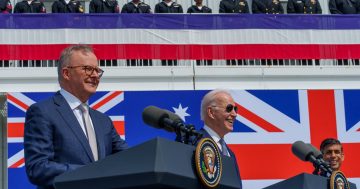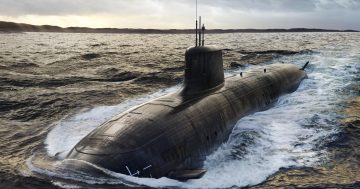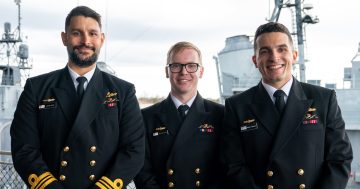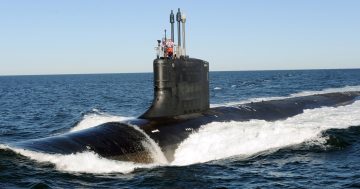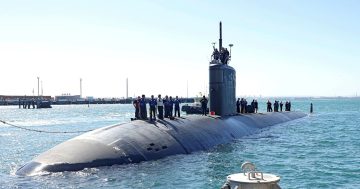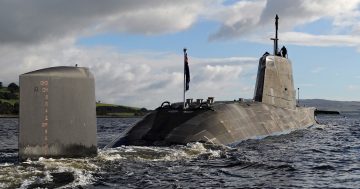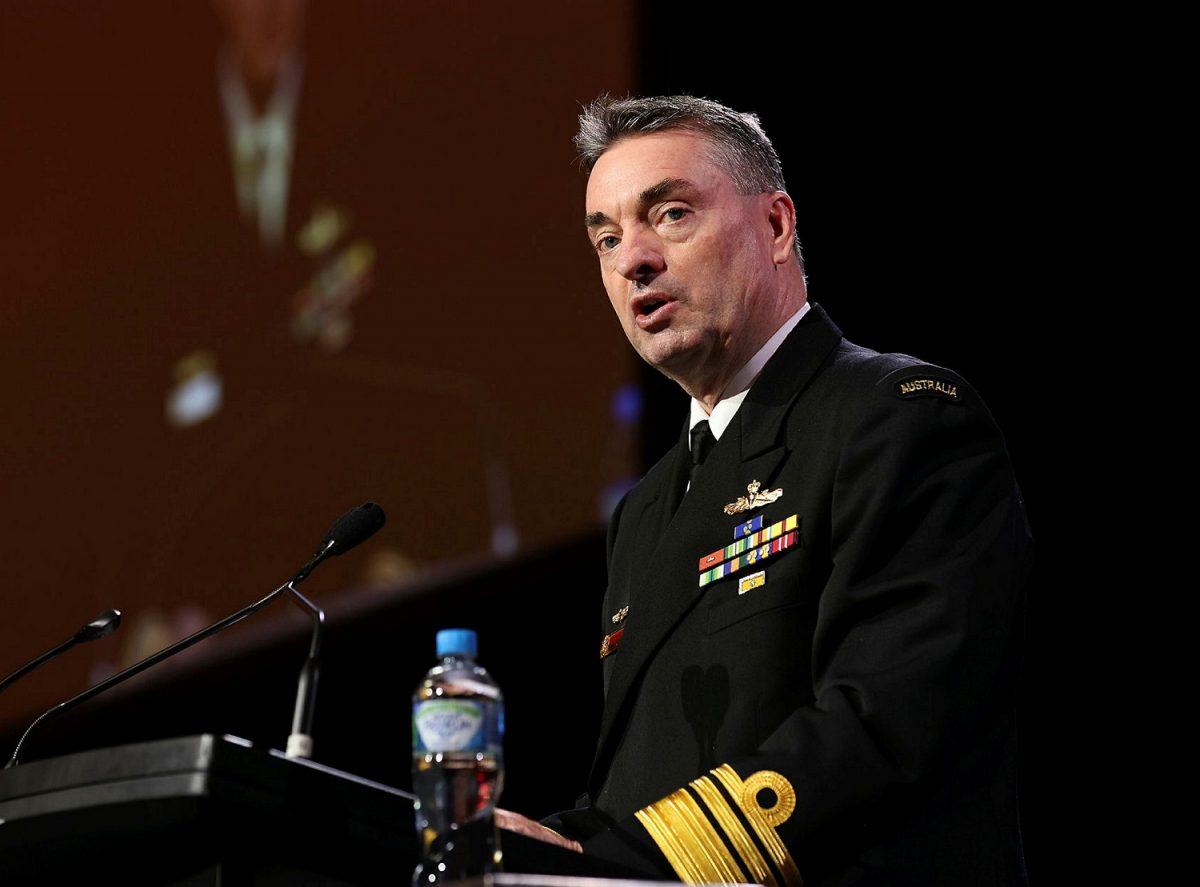
Royal Australian Navy Vice Admiral Jonathan Mead. Photo: ADF.
The Chief of the Defence Department’s Nuclear-Powered Submarine Task Force says any Royal Australian Navy nuclear-powered attack submarines (SSN) will likely require US or UK engineers to serve aboard them until Australia develops its own workforce with sufficient technical expertise to operate the vessels.
Vice Admiral Jonathan Mead was appointed to lead the task force in the wake of the Morrison Government’s surprise September 2021 announcement that it would abandon a plan to buy 12 diesel-electric Attack class subs based on a French design and instead would pursue the acquisition of SSNs based on a US or UK design through the AUKUS construct.
Speaking to the ABC’s 7.30 on 13 February, Vice Admiral Mead said that, despite carrying foreign engineers, Australia would maintain “unequivocal” sovereign control of the operation of the new boats’ nuclear reactors and their operations.
His comments come just days after Deputy Prime Minister and Defence Minister Richard Marles also gave assurances in a speech to Parliament that Australia would maintain sovereign control over all of its military capabilities despite closer cooperation with its AUKUS partners.
He said the foreign “sea riders” would assist Australian personnel in developing the necessary skills to understand the reactors and their operation, that Australian sailors would be posted to US “design facilities” to understand “every element of detail of that reactor”, and are already serving aboard US and UK SSNs in an exchange capacity.
“I think the Australian people would expect that we fully understand the workings of that reactor,” he said.
“We will have the sovereign intellect to be able to make decisions every day about that reactor.”
New-generation nuclear reactors are delivered as sealed units and will never require refuelling or maintenance. While nuclear-powered vessels have been in operation since the late 1950s, the presence of highly-enriched weapons-grade uranium in the latest reactors means they will last longer than the projected 30-year service life of the vessel. It also means the highest levels of security must be applied to the boats’ construction, maintenance, basing and operations.
“The reactor will come to us shielded, welded and sealed, and that will not be opened for the life of the submarine, which is for over 30 years,” Vice Admiral Mead explained.
“But we will be expected to develop a sovereign capability to be able to maintain that reactor – it is not a set and forget.”
To that end, he said Australia would need to develop a very large industrial “eco-system” to support a sovereign SSN capability.
“We are talking about thousands of jobs and massive opportunities for Australia, and I would see the industrial base as a truly trilateral contribution that we would be feeding into their supply chain as well. What we do down in Adelaide, we can do into US and UK programs.”
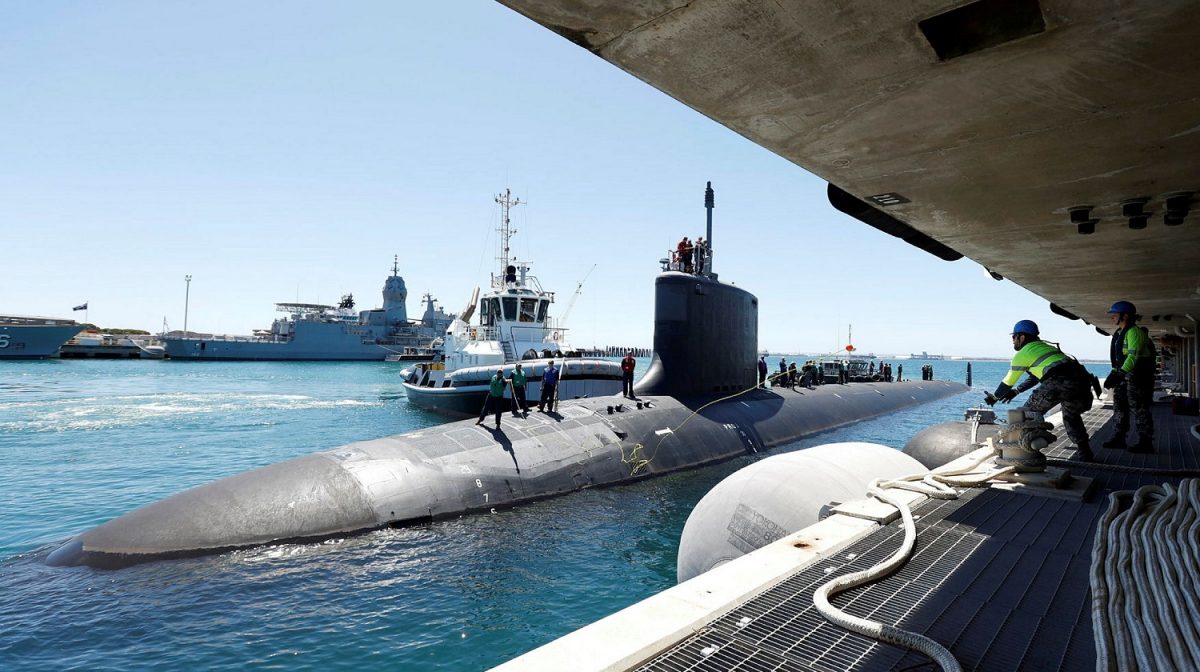
A US Navy Virginia class submarine visits the RAN’s Fleet Base West at Rockingham in Western Australia. Photo: ADF
In the interview, Vice Admiral Mead suggested that construction of the first Australian SSN would need to commence by the end of the decade to be in service by 2040. The government is expected to reveal its plans to acquire the nuclear submarines next month, likely to coincide with a reported planned visit of Prime Minister Anthony Albanese and his British counterpart Rishi Sunak to Washington DC.
When asked why Australia needs nuclear-powered submarines, he said, “The region we live in has changed. It has become more complex, more fragile, less secure, and less stable. Australia has responded accordingly with a pre-eminent warfighting capability that will defend Australia, protect our people, and safeguard our economic prosperity”.
“We have greatly benefited from our trade with China, but we’ve also seen in recent years a significant modernisation in the Chinese military, particularly in their Navy,” he added.
But Australia’s timeline to acquire such a capability does not align with assessments from the majority of observers, many of whom – including a senior US Air Force General – claim that a war between China and the US, and by default, Australia and other US allies, could occur as soon as 2025.
Nevertheless, several potential options for an Australian SSN have been flagged. These include buying US-designed Virginia class boats, although on face value, this would seem to be problematic due to the US Navy falling behind in its own Virginia build program; a new hybrid design incorporating US and UK technology being developed; or Australia joining the UK’s plan to build a follow-on ‘SSN(R)’ to the Royal Navy’s current Astute class from the early 2030s.
The UK’s SSN(R) option was also mentioned in British tabloid The Sun on 12 February, with sources reportedly claiming the UK Government had approved it “in principle” and that Mr Sunak will present it to Mr Albanese and President Biden in April. The report also said the UK had ruled out ‘lending’ Australia an Astute class sub.
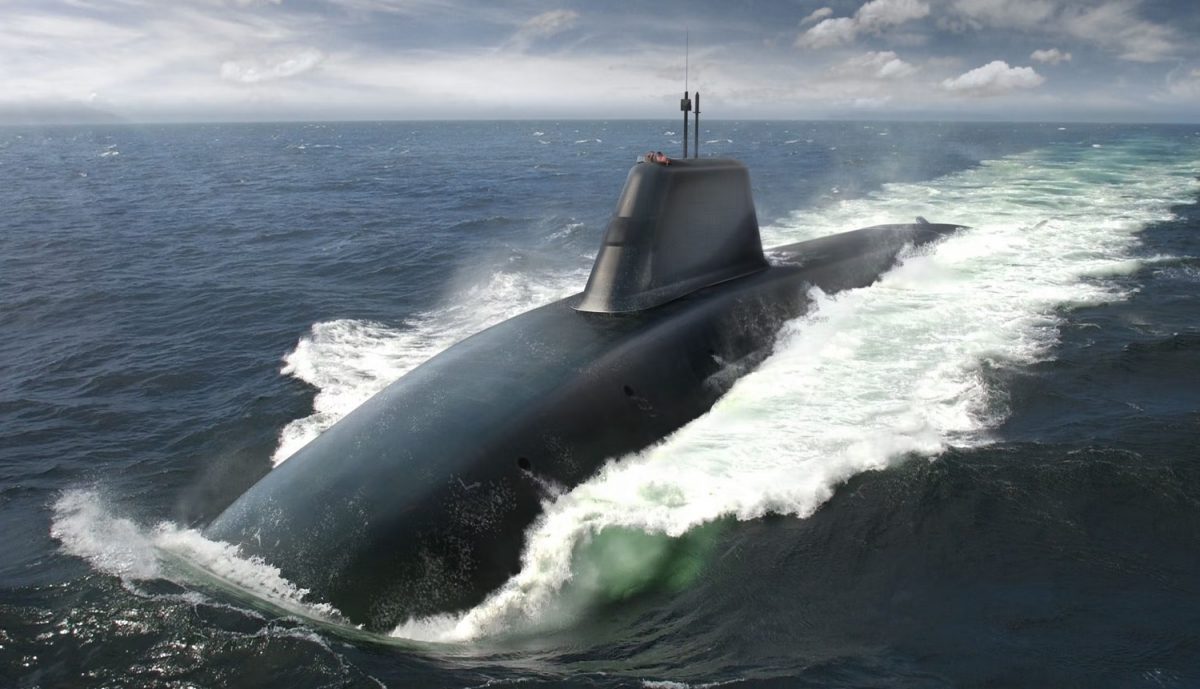
The UK is developing a new submarine to replace the current Astute class in production. Dubbed SSN(R), the design remains a concept for now. Image: UK MoD
The US Navy had planned in 2012 to increase Virginia class production to two vessels per year but has fallen short of this target partly due to supply chains and the workforces at its two shipyards being disrupted by the COVID-19 pandemic.
If the US can ramp up Virginia class production in the next few years as is hoped, a fourth option could see three or four Virginias transferred to Australia before production of a new class for all three AUKUS partners commenced in the 2040s, resulting in two classes being operated concurrently.
